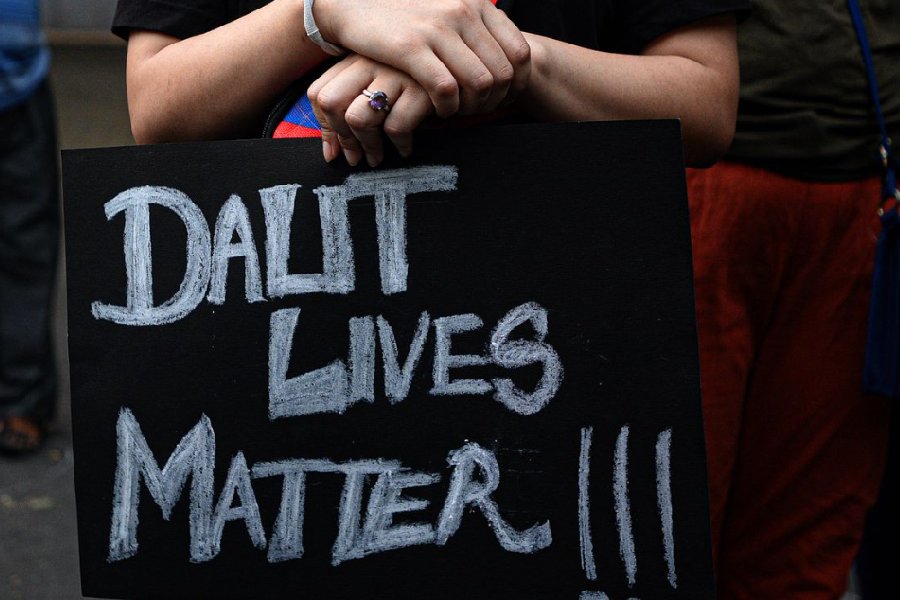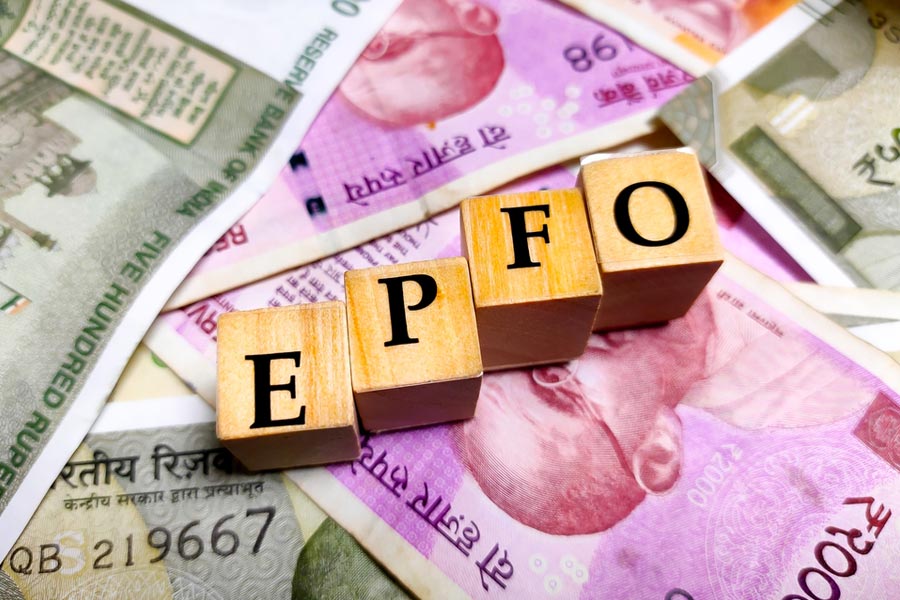 |
He had to be one of the Cardinal’s guards. Only a diehard Richelieu employee would be so obstreperous at a musketeers function. I was perched on the wide stone balustrade of the Hôtel des Invalides in Paris when he came up, the security man’s telltale corkscrew wire from his earphone disappearing into his collar, wagging a forbidding finger. He wouldn’t allow a plate of delicious pâté and Roquefort macarons to rest on the stone either. Nor a glass of sauterne.
I watched him march up and down the balcony overlooking the courtyard with Napoleon’s domed tomb rising in the distance, disciplining guests at the Exposition Mousquetaires organized by aficionados dedicated to the myth and mystery of Alexander Dumas’s The Three Musketeers. Instead of a dark suit, he should have sported the Richelieu livery of a red tunic with white-bordered quarters emblazoned with a white Greek cross that the pamphleteers of the day lampooned, no doubt with some encouragement from the musketeers and King Louis XIII’s unhappy wife, Anne of Austria.
Four hundred years is a long time for rivalry between two long disbanded elite bands of soldiers to survive. But as revolution follows revolution in France, little changes. I could believe a radical Frenchman from Marseilles telling me once that when the états-généraux (parliament) reassembled for the first time after the Terror of 1789, not a single nobleman’s seat was empty. France saves her past like Dumas saved the Musee de l’Armee. “I put the helmet on my head, the shield on my arm, the sword at my side and the harquebas on my shoulders,” he recorded when the July 1830 revolution broke out. The salvaged items were on display.
They bear out the continuum of history. Gazing at the painting titled, La defaite des Anglais en l’Ile de Re par l’armee francaise, I could almost hear General de Gaulle’s “Non!” to Britain’s Common Market application. The picture gloats on the French putting the Duke of Buckingham’s forces to flight in 1627. The English defeat enabled Richelieu, Louis XIII’s first minister, to bring to heel Protestant La Rochelle and end the liberalism that Louis’s father, Henry IV, had initiated with his famous “Paris is worth a mass” comment.
I couldn’t ask either of the two Pierres about the spoilsport. As musketeer descendants and lieutenants in the make-believe force, both young men were standing somewhat sheepishly on the dais in the portrait-hung hall while the speeches flowed over them and others nibbled at the laden buffet tables. Evidence of lineage, they wore blue sashes from which dangled the enamelled musketeer’s cross over business suits. Both mere lieutenants, they are best identified through their musketeer connections.
Pierre de Taillac, who went to college in London with my son, Deep, and had invited us, is descended from Isaac de Porthau (1617-1712), scion of an ancient Bearnese family and the original of Alexandre Dumas’s generous if simple giant Porthos. Porthos’s ability to wolf down enormous quantities of food greatly impressed the Sun King during a banquet at Versailles. The gourmand also yearned for social acceptance and was rewarded in the novel with the resounding title of Baron du Vallon de Bracieux de Pierrefonds. In real life, the de Porthaus had been ennobled in 1674 but Pierre’s folk don’t use their titles of marquis and count. A relative lost his head during the revolution. Another joined the counter-revolutionary force raised by the ill-fated Louis XVI’s brothers. Isaac de Porthau, also a musketeer like his brother, succeeded his father as secretary of semi-independent Bearn’s parliament.
We spent a week in the de Taillac’s Chateau Luxeube not far from the ancient Roman town of Auch in south-west France and found no ready explanation for either the plunging fish that is the family crest nor the family motto Celeriter, Quickly, engraved on innumerable pieces of gleaming silver. “We are a long way from the sea,” Pierre murmured. As for haste, time seemed to stand still in the 400-year-old chateau where only the chirping of birds disturbed the silence.
One needn’t ask who Pierre de Montesquiou’s ancestor was for his father, one of the few dukes in France, is described on his card as Aymeri de Montesquiou d’Artagnan. He is a senator to boot and takes very seriously his duties as captain of the revived musketeers. The original d’Artagnan was born Charles de Batz-Castelmore but took his mother’s family name when he joined the musketeers. The exhibition had a document with his signature but I saw d’Artagnan’s sword in the duke’s stately Chateau de Marsan not far from Luxeube, and wondered why it hadn’t been lent for the exhibition.
I suppose many boys in this age of space exploits would find Dumas’s swashbuckling adventures at the court of Louis XIII rather tame. But a sudden glimpse of the phrase “My Lady” amidst the breastplates and helmets, swords and rapiers, maps and pictures, took me back to the excitement of my own childhood. Dumas fans won’t need reminding of the beautiful and enigmatic Lady de Winter whom Athos (Armand de Sillegue d’Athos and Autebielle), the grandest of the musketeers, had branded with the fleur de lys on one shoulder in some earlier unexplained tragedy. In a later work — I can’t remember if it was Twenty Years After, The Vicomte de Bragelonne or another novel — Dumas made Athos negotiate the marriage of the English King Charles I’s younger daughter with Monsieur, Louis XIV’s brother.
The speeches were over. The crowd had moved to the food and drink. Portly musketeers who had earlier serenely been swishing many-caped cloaks around the room pushed and shoved in the rugby scrum at the bar. “Survival of the fittest,” said a philanthropic elder pushing my wife forward so that someone could grab a plate for her. I missed Pierre’s elegant, intelligent and cosmopolitan mother. A man in an army officer’s dress uniform asked if my suit was Savile Row and pointed, slightly censoriously I thought, to a general in workaday khaki. The general wore a sash like Pierre’s. Was he a musketeer? “I was made one fifteen minutes ago.” Another man asked what I was drinking. Sauterne meant tears of the sun, he said and clinked glasses. It didn’t sound right and I told him of the wine called Lacryma Christi, tears of Christ. “That’s it,” he cried and clinked glasses again. A cordon bleu chef gave me his card: Michel Gautier had demonstrated in several Oberoi hotels. His wife took off her high heels and wiggled her toes. The man I suspected of being Richelieu’s agent had disappeared. Deep pointed out various celebrities from the world of high fashion who were being photographed.
That’s what it is all about. The exhibits are authentic. They are attractively displayed with informative and interesting booklets. Mazarin, the Man in the Iron Mask and Cyrano de Bergerac move mysteriously among them. Young visitors are entertained with ingenious musketeer quizzes. But as the “Game booklet” says right at the start, “Hello, I’m d’Artagnan, one of the most famous French musketeers. I became a star in the 19th century thanks to the novelist Alexandre Dumas.” Fact feeds on fantasy.
Pierre says there are 4,000 musketeers in several countries, including Singapore. Dumas’s romance can mean little to them; business a lot. Bottles of fine Armagnac, “the oldest distilled spirit in all France — predating any other by at least 100 years”, stood on side tables. Tourists were invited to visit Armagnac the district. Even if films, fiction and the d’Artagnan cocktail didn’t create the legend, they keep it alive. I found a musketeers comic printed by Kalyani Navyug Media even in Gangtok. As long as commerce is the sustaining force, the “One for all, All for one” legend will also flourish. Musketeer immortality owes as much to Douglas Fairbanks as to d’Artagnan.










